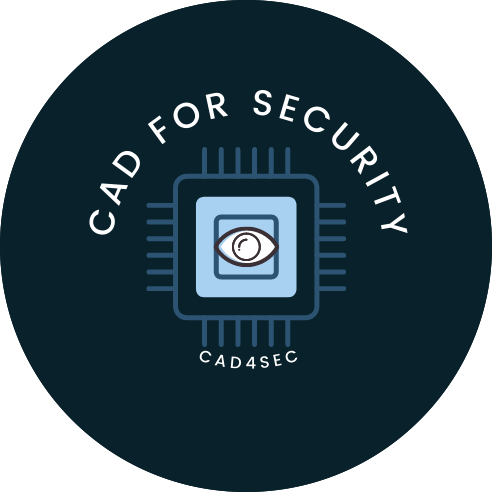Chapter 14
Optical Probing Attack on Logic Locking
Logic locking has been proposed as an obfuscation technique to protect outsourced IC designs from IP piracy by untrusted entities in the design and fabrication process. In this case, the netlist is locked by adding extra key-gates, and will be unlocked only if a correct key is applied to the key-gates. The key is assumed to be written into a non-volatile memory after the fabrication by the IP owner. In this chapter, we conduct experiments on logic locking implementations on a Flash-based FPGA fabricated in 28 nm technology node. Moreover, we demonstrate, step by step, how to extract the entire key by localizing and probing the key-gates/registers using optical probing from the IC backside. Our results show that logic locking can be quite vulnerable to physical attacks mounted by an end-user with no access to the circuit layout.

